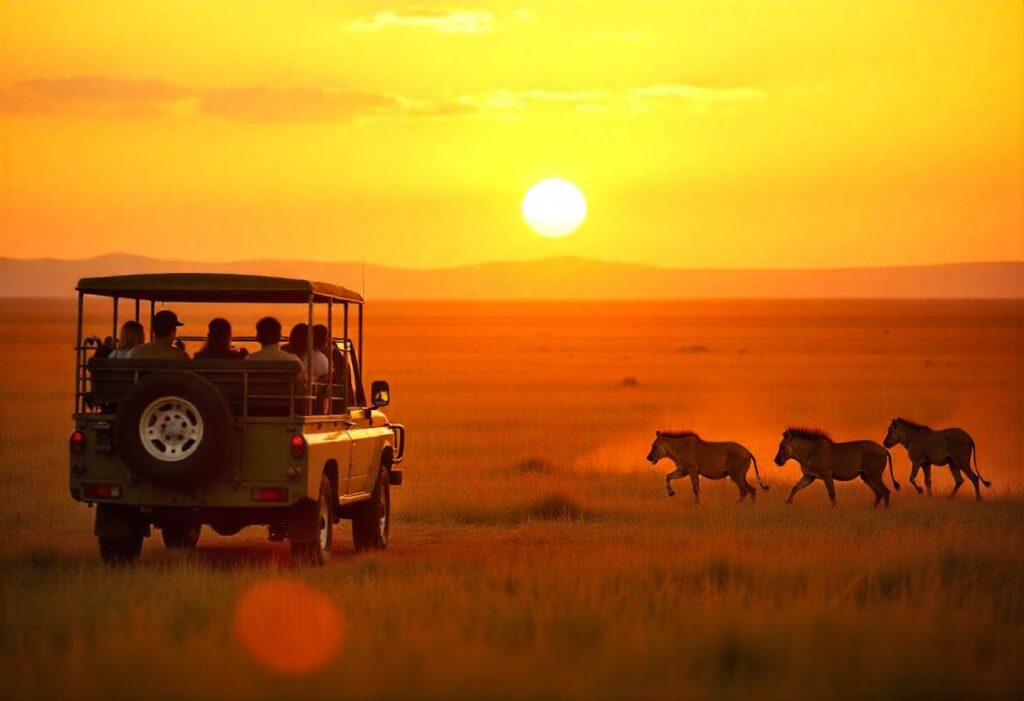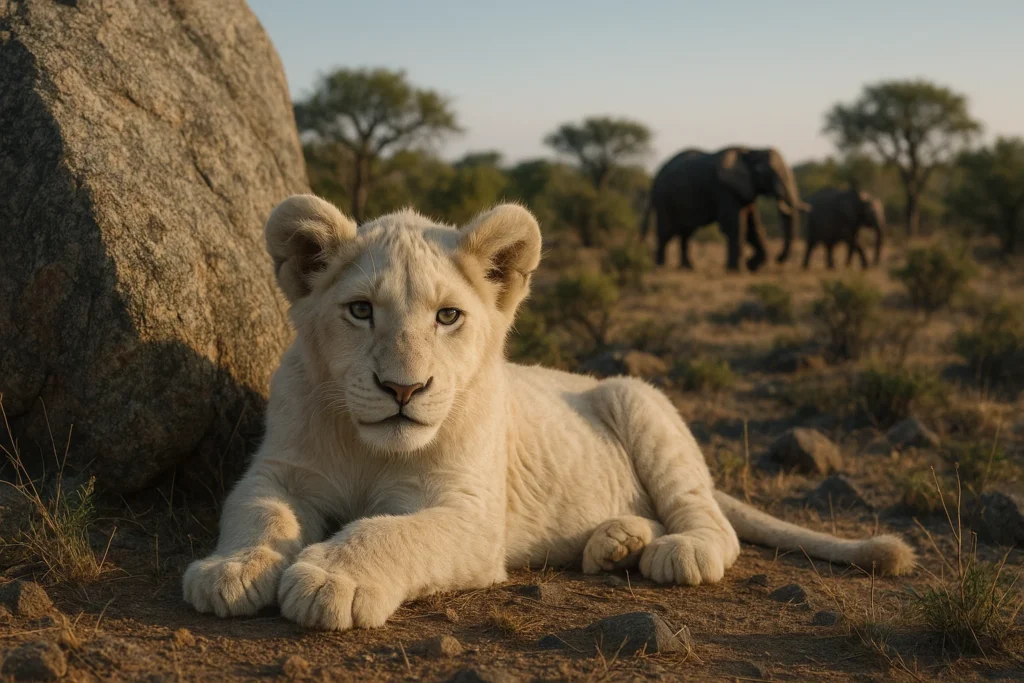East Africa offers year-round safari opportunities, but the experience varies with the seasons. Understanding the region’s climate and wildlife patterns can help you plan the perfect trip.
Understanding East Africa’s Seasons
East Africa experiences two primary seasons: the dry season and the wet season.
Dry Season (June to October)
This is considered the best time for wildlife viewing. Animals congregate around water sources, and the sparse vegetation makes spotting wildlife easier. The weather is generally sunny with cooler temperatures, especially in the mornings and evenings.
Wet Season (November to May)
The wet season is divided into the short rains (November to December) and the long rains (March to May). While some roads may become impassable, the landscape is lush, and it’s a great time for bird watching and witnessing the calving season.
Wildlife Highlights by Month
- January to March: Calving season in the Serengeti, attracting predators.
- April to May: Long rains; fewer tourists, but some lodges may close.
- June to July: Start of the dry season; Great Migration moves north.
- August to October: Peak of the dry season; best time to witness river crossings in the Maasai Mara.
- November to December: Short rains; landscape becomes green, and migratory birds arrive.
Country-Specific Recommendations
Kenya
- Best time: June to October for general wildlife viewing; August to October for the Great Migration in the Maasai Mara.
Tanzania
- Best time: June to October for dry season safaris; January to March for calving season in the Serengeti.
Uganda
- Best time: June to August and December to February for gorilla trekking and wildlife viewing.
Rwanda
- Best time: June to September for gorilla trekking; December to February also offers good conditions.
Tips for Planning Your Safari
- Book in advance: Peak seasons fill up quickly; consider booking 6-12 months ahead.
- Consider shoulder seasons: These periods offer fewer crowds and lower prices, with still good wildlife viewing opportunities.
- Pack appropriately: Light clothing for the day, warm layers for early mornings and evenings, and waterproof gear during the wet season.
- Consult with experts: Work with reputable tour operators to tailor your safari experience to your interests and the best seasonal opportunities.
FAQs
The best months are from June to October during the dry season, when wildlife is easier to spot near water sources.
Yes, but some roads may be difficult to access. However, this is a great time for birdwatching and lower tourist crowds.
The Great Migration usually peaks from July to October in Kenya’s Maasai Mara and from December to March in Tanzania’s Serengeti.
Kenya and Tanzania are top choices due to their well-established parks, diverse wildlife, and iconic safari experiences.
Yes, traveling during the shoulder or wet seasons can offer reduced lodge rates and fewer crowds, though wildlife visibility may vary.






